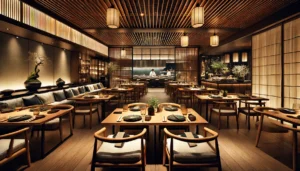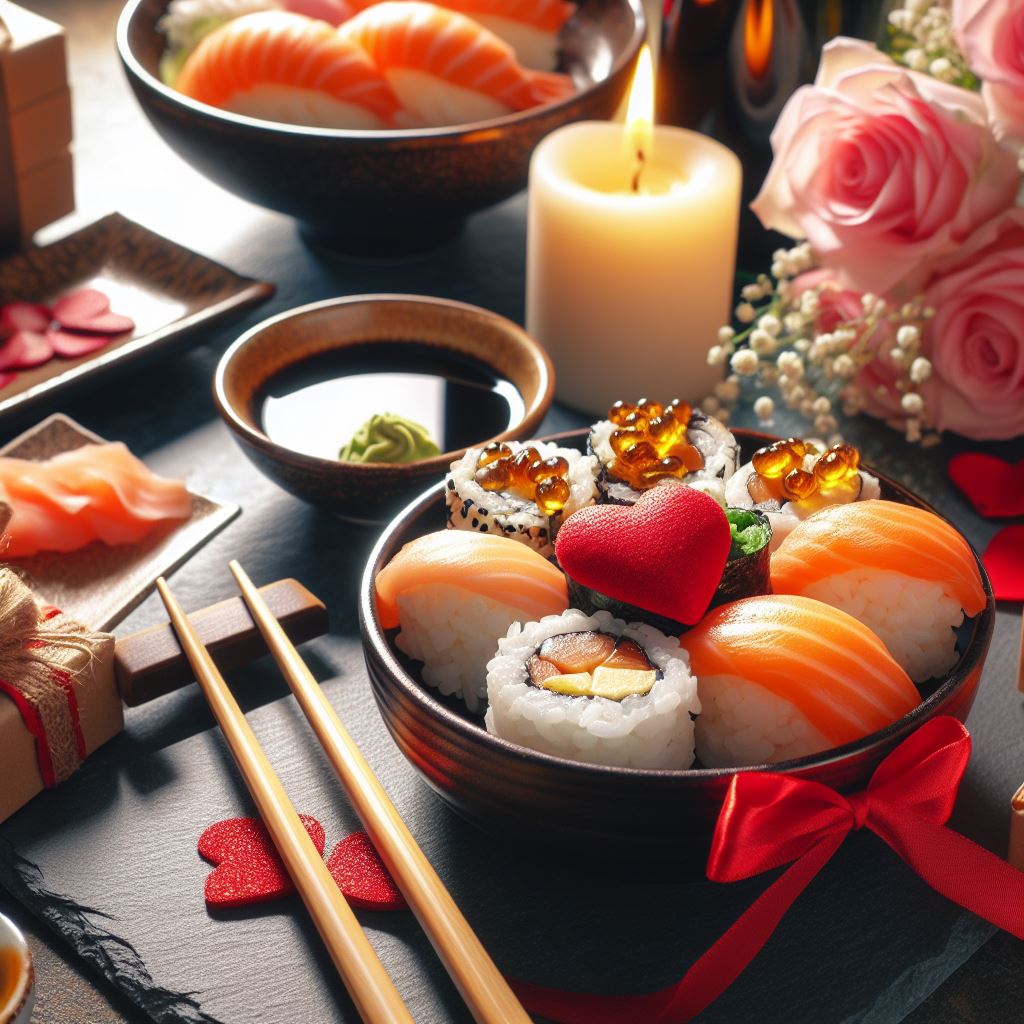Japanese restaurant etiquette is an important part of having a pleasant and respectful meal in a Japanese restaurant. It is a unique and culturally rich experience. From the moment you walk in to the time you leave, there are a few key etiquette guidelines you should follow to ensure that you have wonderful time.
Entering the Restaurant
When you enter a Japanese restaurant, you will be greeted by the staff with a warm bow and the phrase “irasshaimase,” which means “welcome.” In return, you should bow back and say “konnichiwa” (hello) or “konbanwa” (good evening), depending on the time of day.
If you have a reservation, let the staff know. Otherwise, they will seat you at the first available table. If the restaurant is full, you may be asked to wait in a designated area.
Seating
Japanese restaurants typically have two types of seating: tatami mats and chairs. Tatami mats are traditional Japanese floor mats, and they are often used in izakayas and other casual restaurants. When seated at a tatami table, remove your shoes before stepping onto the mats.
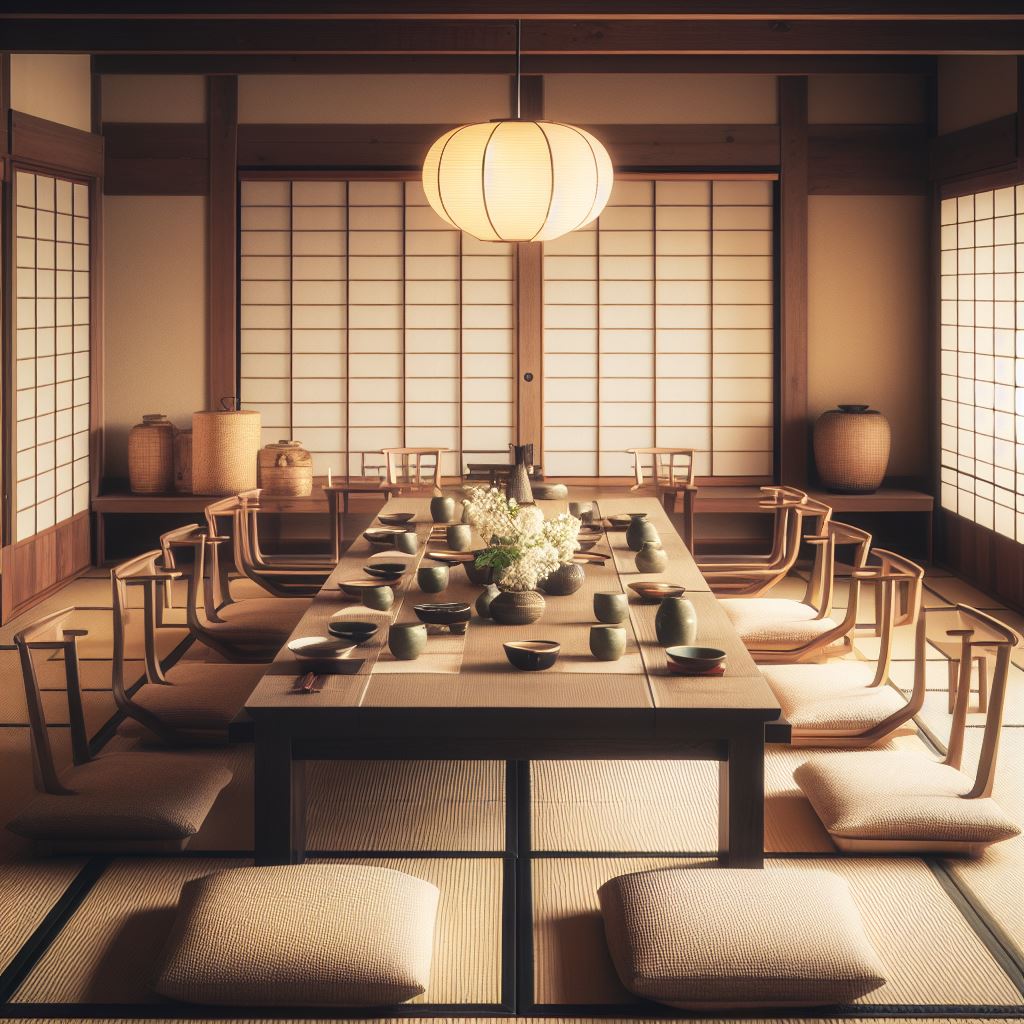
If you are seated at a table with chairs, you can leave your shoes on. However, it is considered polite to keep your feet off the chairs.
Table Manners
Once you are seated, you will be served a wet towel (oshibori) to clean your hands. After you have finished using the oshibori, place it on the table next to you.
Chopsticks are the standard utensil used to eat Japanese food. If you are not familiar with how to use chopsticks, there are many tutorials available online.
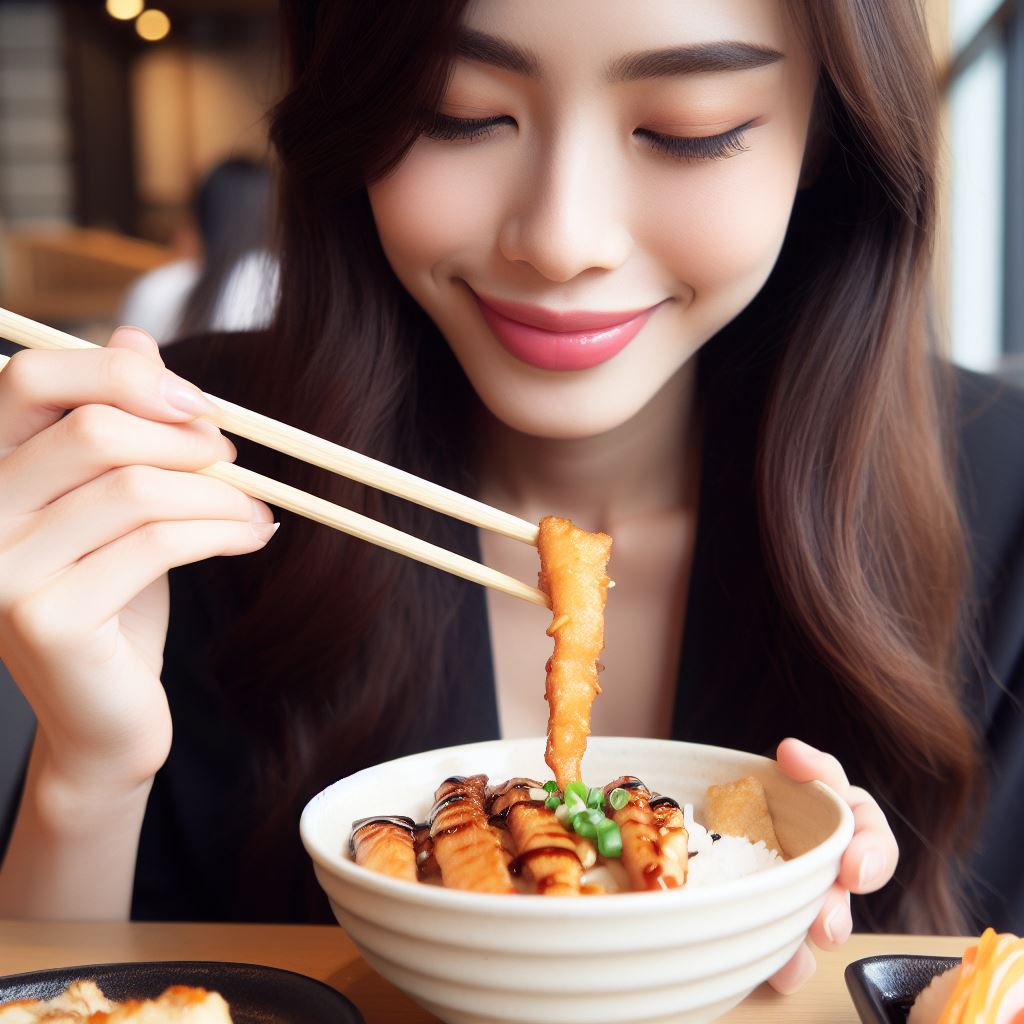
Here are some basic Japanese table manners to keep in mind:
- Do not start eating until everyone at the table has been served.
- It is considered polite to lift your bowl of soup or rice to eat.
- Do not slurp your food.
- Do not stick your chopsticks upright in your rice bowl. This is considered to be a bad omen.
- When you are finished eating, place your chopsticks on the chopstick rest (hashi-oki).
Ordering Food and Drinks
If you are dining at a restaurant with a menu, you can order food and drinks by calling over the waitstaff and telling them what you would like. If you are dining at a sushi bar, you can also order food directly from the chef.
If you are not sure what to order, the waitstaff can help you make a selection. They can also explain the different dishes on the menu.
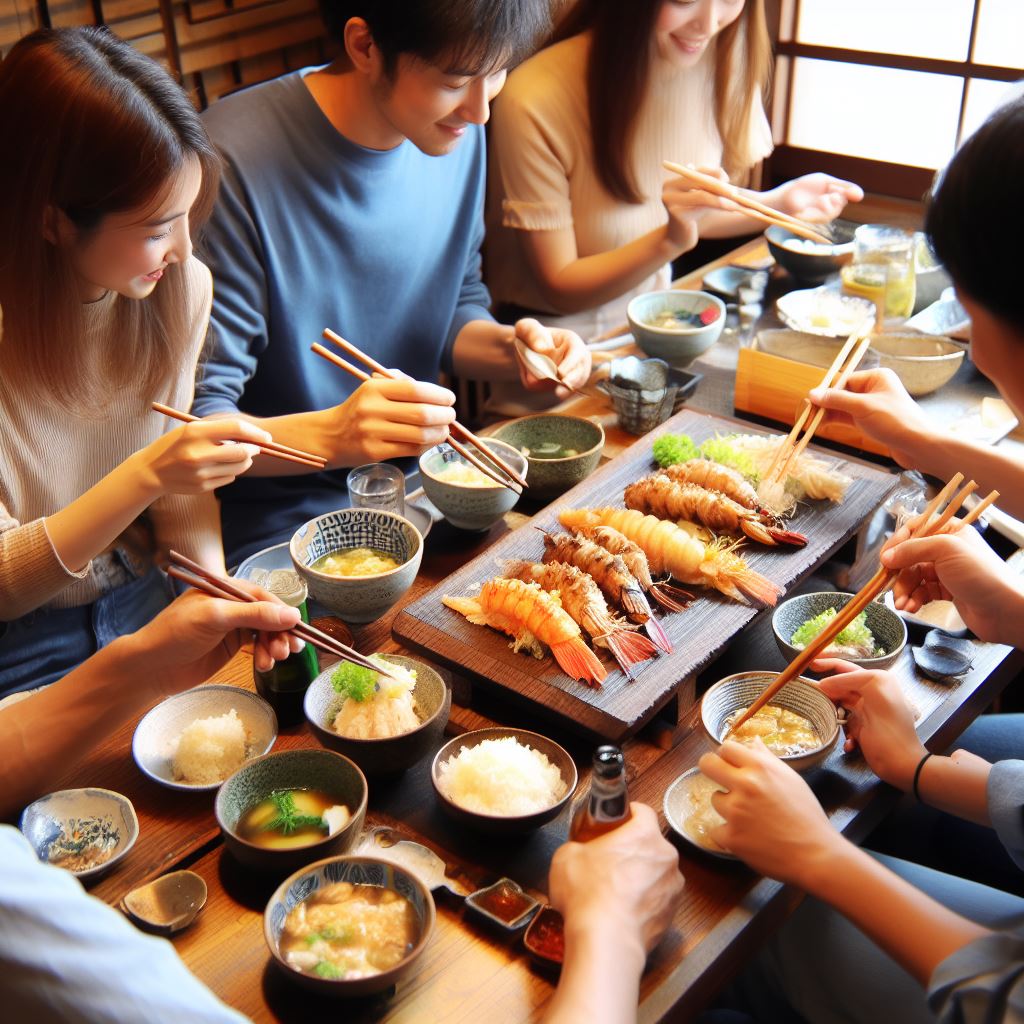
It is customary to share food at Japanese restaurants. If you are dining with a group of people, you can order a variety of dishes and share them with each other.
Drinking Etiquette
If you are ordering alcoholic drinks, it is customary to toast before drinking. The most common toast is “kampai,” which means “cheers.”
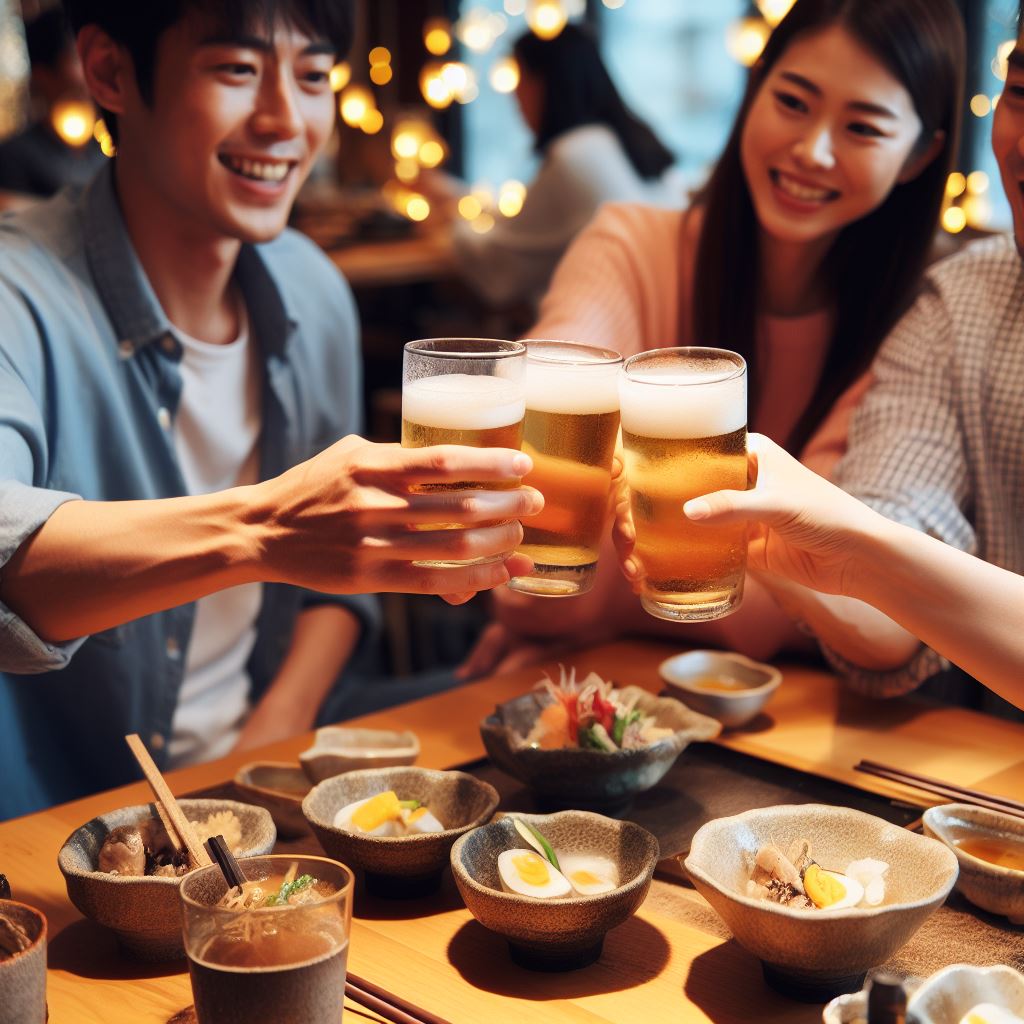
When pouring drinks, it is polite to pour for others first and then for yourself. It is also considered polite to keep an eye on your friends’ glasses and refill them when they are empty.
Finishing Your Meal
Once you have finished eating, thank the waitstaff for their service. You can say “gochisosama deshita,” which means “thank you for the meal.”
Tipping is not customary in Japan. However, if you are very impressed with the service, you can leave a small tip on the table.
Additional Tips
Here are a few additional tips to keep in mind when dining at a Japanese restaurant:
- If you have any food allergies or dietary restrictions, be sure to let the waitstaff know.
- It is considered polite to leave a small amount of food on your plate. This shows that you are satisfied with your meal, but not so full that you cannot eat any more.
- If you need to use the restroom, excuse yourself and tell the waitstaff. They will direct you to the bathroom.
Conclusion
By following these basic etiquette guidelines, you can ensure that you have a pleasant and respectful dining experience at a Japanese restaurant.

